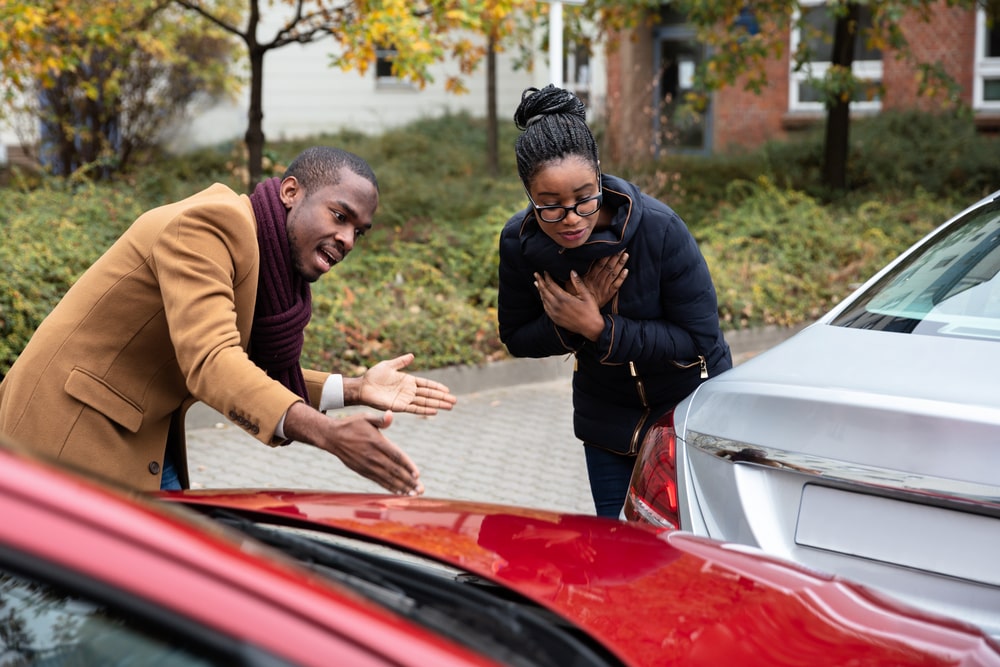In the realm of legal practice, particularly in cases handled by an accident lawyer, storytelling is an art that goes beyond mere presentation of facts. It’s about weaving a narrative that resonates with the audience, be it a judge, jury, or opposing counsel. This blog explores how storytelling is integral to the practice of car accident law and the impact it can have on the outcome of a case.
Crafting A Compelling Narrative
Every car accident case has a story at its core. It’s not just about the collision but about the people involved, the circumstances leading up to the event, and the aftermath. Skilled lawyers, like those at Siegal & Richardson, LLP, understand the power of crafting a compelling narrative. They delve into the lives of their clients, uncovering details that bring depth and emotion to the case. This narrative approach helps to humanize the legal process, transforming numbers and facts into a story that demands attention and empathy.
Connecting With The Audience
The effectiveness of storytelling in law hinges on the lawyer’s ability to connect with their audience. This involves understanding the perspectives and backgrounds of those who are listening, be it the jury or the judge. A car accident lawyer must tailor their narrative in a way that is not only factual and coherent but also engaging and relatable. By doing so, they can foster a deeper understanding and connection with the case, making it more likely for the audience to empathize with their client’s situation.
Emphasizing The Human Element
At the heart of storytelling is the human element. Car accident cases often involve significant trauma, pain, and disruption to lives. A lawyer’s ability to convey these human experiences authentically can be a determining factor in the case. It’s about painting a vivid picture of the client’s struggles, hopes, and the impact the accident has had on their life. This humanization makes the case more than just a legal dispute; it becomes a story about people and the challenges they face.
The Power Of Emotional Appeal
While the legal profession demands objectivity and adherence to facts, the art of storytelling embraces emotional appeal. This doesn’t mean straying from the truth but highlighting the emotional truths present in every case. An effective narrative can evoke empathy and understanding, which can be influential in swaying the outcome of a case.
Balancing Facts With Narrative
The challenge in legal storytelling is finding the right balance between the narrative and the factual evidence. An accident lawyer must weave the story around the evidence, not the other way around. The facts of the case should guide the narrative, ensuring that it remains credible and grounded in reality. This balance is crucial in maintaining the integrity of the case and the legal process.
Storytelling in car accident law is an art that requires finesse, empathy, and a deep understanding of human experiences. It’s about more than just recounting events; it’s about creating a narrative that brings the case to life, making it relatable and compelling. Lawyers who master this art can profoundly impact the outcome of their cases, securing justice for their clients not just through legal arguments but through the powerful and resonant stories they tell.

